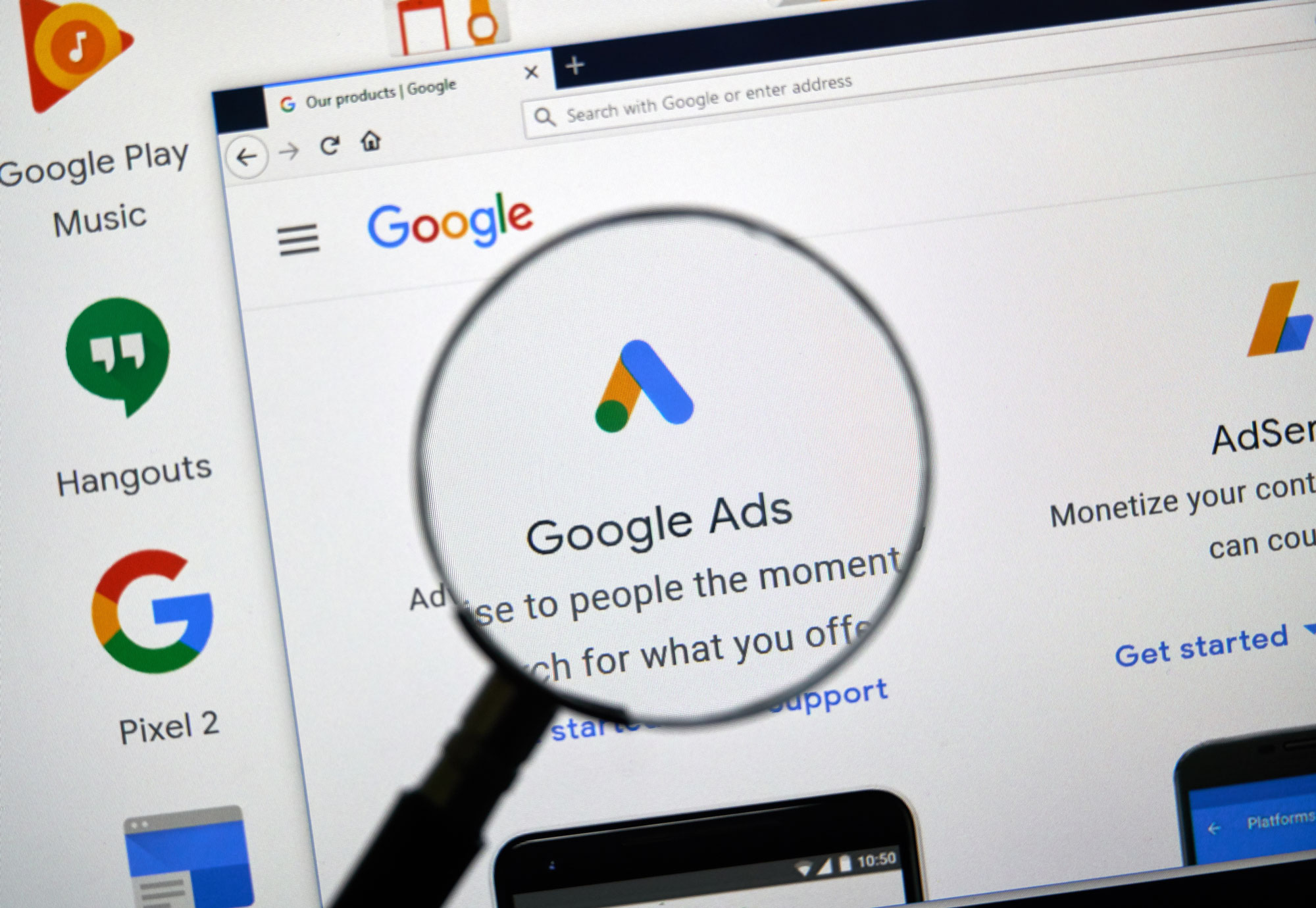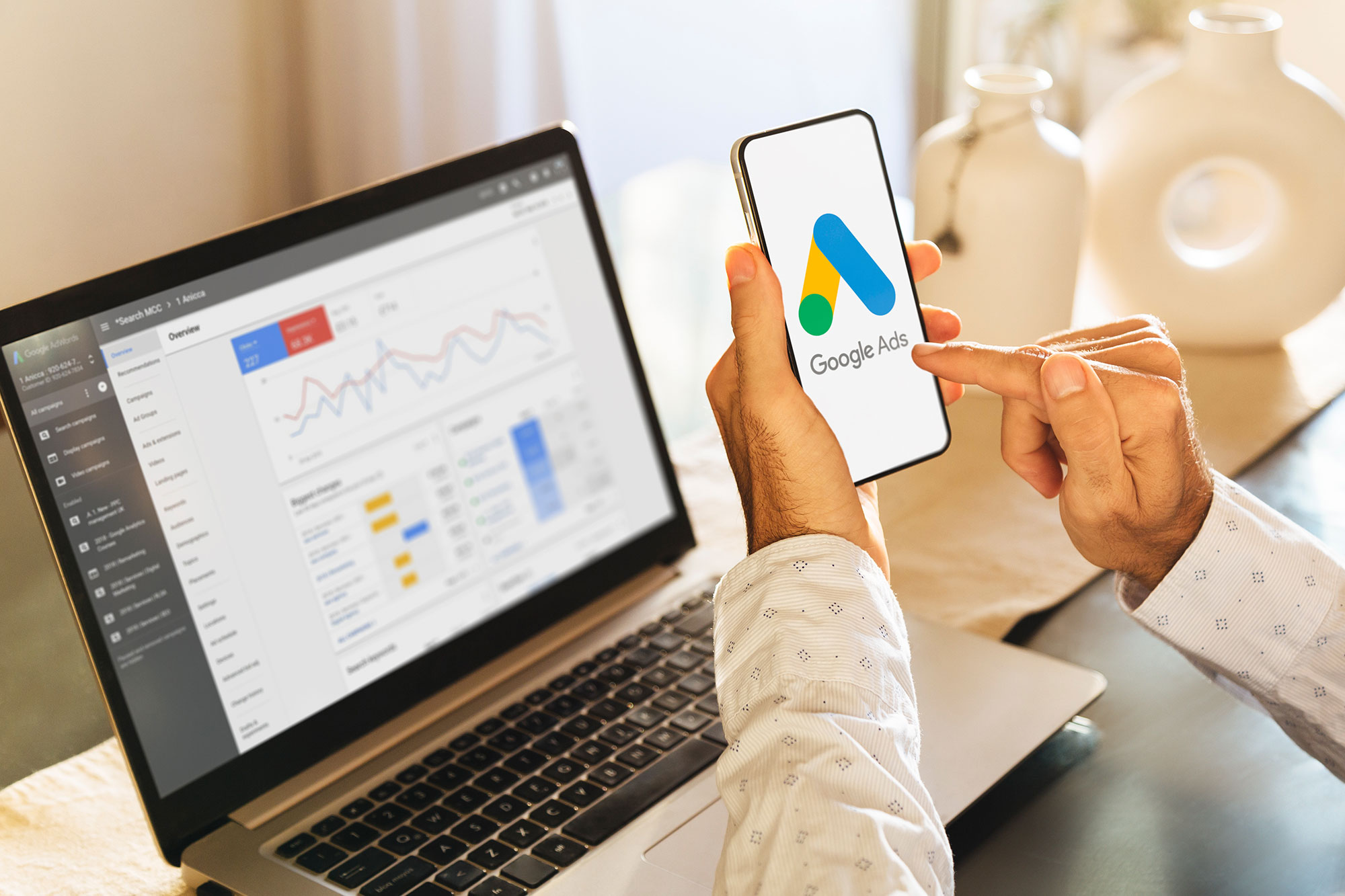If you run a small business, chances are you’ve asked yourself at some point:
👉 “Should I spend my money on SEO, or should I invest in Google Ads?”
It’s one of the most common questions business owners face. Both SEO (Search Engine Optimization) and Google Ads (Pay-Per-Click advertising) can bring in new customers, but they work in very different ways.
In 2025, with more competition online, rising ad costs, and constant changes to how Google ranks websites, the decision has never been more important. The wrong choice can waste time and money. The right one can bring steady growth.
Here we’ll provide a straightforward comparison of SEO and Google Ads, explaining how each works, their advantages and limitations, and take a look at situations where one may be more effective than the other. The goal is to give business owners—whether you’re running a local service company in Calgary or managing an online store—a clear understanding of which option best supports your growth goals.
What Is SEO (Search Engine Optimization)?
SEO is about earning your spot in Google’s search results without paying for every click.
Think of it like planting seeds in a garden. You put in the work upfront—improving your website, writing useful content, getting reviews—and over time, those seeds grow into steady traffic that keeps producing leads without needing to pay for each one.
How SEO Works in 2025
- Keywords: Making sure the words people search for are naturally included in your website pages.
- Content: Writing blog posts, guides, and pages that answer real questions customers have.
- User Experience: Fast load times, easy navigation, mobile-friendly design.
- Local SEO: Showing up in Google Maps when someone searches “near me” (vital for Calgary trades, restaurants, and shops).
- Trust Signals: Backlinks (other sites linking to you) and positive customer reviews.
What Are Google Ads?
Google Ads are paid placements at the top of Google’s results.
Think of them like renting a billboard on the busiest road in town. As soon as you pay, your business is visible. But the moment you stop, your ad disappears.
How Google Ads Work in 2025
- You pick the keywords you want to appear for, like “Calgary emergency plumber” or “buy leather boots online.”
- You set a budget and bid against other businesses.
- You pay only when someone clicks on your ad.
- You can choose different types of campaigns:
- Search Ads (text ads at the top of Google search)
- Display Ads (banners across websites)
- Shopping Ads (for e-commerce products)
- YouTube Ads (video promotions)
- Performance Max (AI-driven campaigns across Google’s platforms)

SEO vs Google Ads: Key Differences Small Business Owners Care About
1. Speed of Results
- Google Ads: Instant. You can set up a campaign today and see clicks within hours.
- SEO: Slow build. It can take 3–6 months to see noticeable results, sometimes longer in competitive industries.
2. Cost Structure
- Google Ads: You pay for every click. For example, if a click costs $5 and 100 people click, that’s $500—even if none of them become customers. On top of that, many businesses hire a Google Ads manager or agency to run campaigns effectively. Management fees typically range from $500 to $1,500 per month for small businesses, depending on budget and complexity. Without professional help, it’s easy to overspend or target the wrong audience.
- SEO: Usually a larger upfront investment, often between $1,000 and $3,000 per month for small businesses. But once your website ranks, the ongoing “cost per click” is essentially free, and the benefits can last long after the work is done.
3. Sustainability
- Google Ads: Stops completely the second you stop paying.
- SEO: Results/rankings will continue for a while if you pause. However, they can decline over time without periodic attention.
4. Trust Factor
- Google Ads: Labeled as “Sponsored.” Some people skip ads.
- SEO: Organic results feel more trustworthy to most users.
5. Effort and Learning Curve
- Google Ads: Can be tricky—bidding, targeting, and writing ads that convert all matter.
- SEO: Requires consistent effort with content, technical fixes, and updates.
DIMENSION
GOOGLE ADS
SEO
Time to impact
Fast (hours–days)
Slow (weeks–months)
Cost structure
Ongoing spend per click/impression
Upfront/ongoing investment in content, tech, and optimization
Durability
Stops when spend stops
Compounds; can hold rankings for months/years
Control
Higher (bids, budgets, targets, messages)
Lower (algorithm-driven)
Trust signals
Clearly labeled “Sponsored”
Often perceived as more credible
Use Cases
Launches, offers, testing, seasonal spikes, high-intent capture, initial brand awareness
Long-term growth, education, authority, local maps
Time to impact
Google Ads
Fast (hours–days)
SEO
Slow (weeks–months)
Cost Structure
Google Ads
Ongoing spend per click/impression
SEO
Upfront/ongoing investment in content, tech, and optimization
Durability
Google Ads
Stops when spend stops
SEO
Compounds; can hold rankings for months/years
Control
Google Ads
Higher (bids, budgets, targets, messages)
SEO
Lower (algorithm-driven)
Trust Signals
Google Ads
Clearly labeled “Sponsored”
SEO
Often perceived as more credible
Use Cases
Google Ads
Launches, offers, testing, seasonal spikes, high-intent capture, initial brand awareness
SEO
Long-term growth, education, authority, local maps
SEO vs Google Ads Costs in 2025
- Google Ads costs:
- Clicks in some industries (like lawyers or plumbers) can cost $10–$20 each.
- If you spend $1,000/month and clicks are $5, you’ll get 200 visitors. If even 5% become paying customers, you’ve got 10 sales.
- Works well if your profit per customer is high enough to cover ad spend.
- SEO costs:
- Typically $1,000–$3,000/month for small business services (content, optimizations, technical updates).
- It feels expensive upfront, but if that investment brings in 500 free visits a month for years, the cost per visitor ends up being far lower than ads.

When SEO Makes More Sense
SEO is usually the better choice when:
- You want long-term growth without being tied to constant ad spend.
- Your business relies on local visibility (like “Calgary dentist” or “Airdrie brunch spot”).
- You can invest in content (blogs, guides, FAQs).
- You’re building a reputation and want people to see you as an authority.
Example:
A family-owned restaurant in Calgary doesn’t want to spend $50/day on ads forever. While they can manage simple tasks like reviews, real growth comes from expert SEO—optimizing their site, creating the right content, and building authority. With that support, they can start showing up for searches like “best brunch Calgary,” bringing in steady traffic without paying for every click.
When Google Ads Makes More Sense
Google Ads is the better option when:
- You need customers immediately (new business launch, emergency services).
- You’re running sales, seasonal promotions, or events.
- Your industry is so competitive that ranking in SEO would take years.
- You want to test the market quickly before investing long-term.
Example:
An Airdrie plumber sets up ads for “emergency plumber near me.” At midnight, when pipes burst, someone clicks the ad and calls. The ad spend pays for itself with one job.
The Smartest Strategy: SEO + Google Ads Together
The truth is, the strongest results usually come from combining both.
- Ads fuel fast growth while SEO builds in the background.
- SEO lowers costs long-term by giving you free traffic.
- Ads provide data—you see what keywords convert, then use that to guide SEO content.
- SEO provides trust, while Ads provide instant visibility.
Think of it like renting a house (Ads) while saving up to buy your own (SEO). Renting gives you a place now, but ownership builds lasting value.
Common Mistakes Small Businesses Make With SEO or Google Ads
- Expecting SEO to work overnight. It’s a long-term play.
- Running Ads with no tracking. If you don’t know whether calls or sales came from your ads, you’re wasting money.
- Sending Ads to the homepage. Always send people to the most relevant page.
- Ignoring mobile users. Most searches happen on phones now.
- Thinking it’s either/or. Often, doing both (even at small scale) works best.
How to Decide Where to Put Your Budget
Here’s a simple framework:
- If you need customers this week → Start with Google Ads.
- If you want steady growth over the next year → Invest in SEO.
- If you can afford it → Do both: run ads for short-term, build SEO for long-term.
For many Calgary businesses, a split budget works best—for example, $500/month in Ads plus $1,500/month in SEO.
The Future: SEO vs Google Ads in 2025 and Beyond
- Ads are getting more expensive. More businesses compete for clicks, raising costs.
- SEO is shifting toward AI search. Helpful, detailed content that answers real questions is more important than ever.
- Smart businesses balance both. Ads for immediate growth, SEO for lasting presence.

Final Takeaway: SEO or Google Ads?
There’s no one-size-fits-all answer.
- Use Google Ads if you need fast results and are willing to pay for every click.
- Use SEO if you want steady, sustainable growth over time.
- Use both if you want the best of both worlds.
The smartest small businesses in 2025 don’t think in terms of SEO vs Ads. They think about how SEO and Ads can work together to keep the phone ringing today and build authority for tomorrow.




